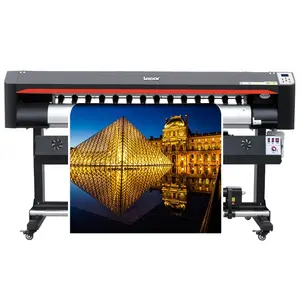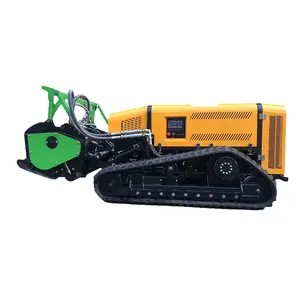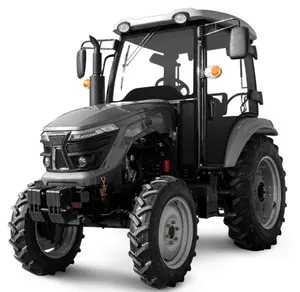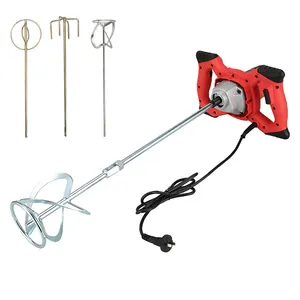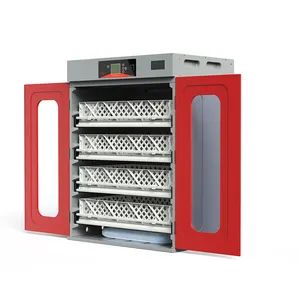Popular in your industry

























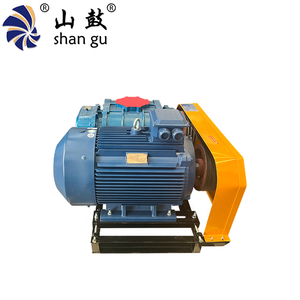








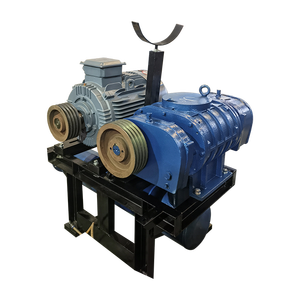
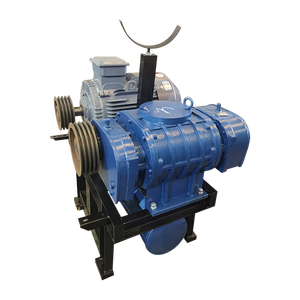













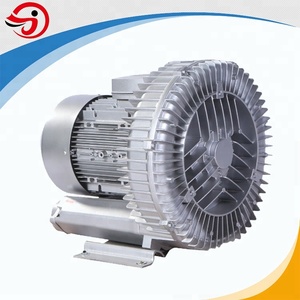

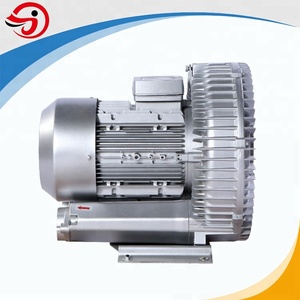






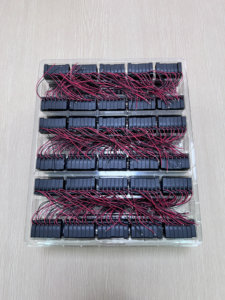

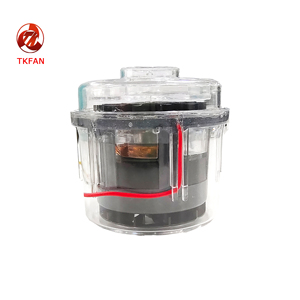






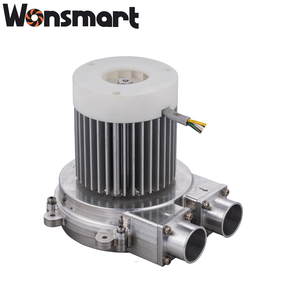



Top categories
About turbin blower
A turbin blower is a type of mechanical device that utilizes the energy of a moving gas to generate a flow of air or gas. It consists of a wheel or rotor with blades, which is driven by a motor or an engine. The rotating blades accelerate the gas, creating a positive pressure that is used for various applications, such as ventilation, combustion air supply, and pneumatic conveying. Turbine blowers are commonly used in industrial processes, wastewater treatment plants, and environmental control systems.
Types of Turbin Blowers
There are several types of turbin blowers, each designed for specific applications and operating conditions. Centrifugal blowers, also known as radial blowers, use centrifugal force to increase the velocity of the air or gas. They are suitable for high-pressure applications, such as HVAC systems and pneumatic conveying. Axial blowers, on the other hand, have a propeller or axial impeller that generates airflow in a straight line. They are often used in ventilation systems, cooling towers, and air-cooled heat exchangers.
A buffalo turbine blower is a more powerful machine that uses a centrifugal fan to create a high-velocity stream of air. This type of blower is commonly used in agriculture, construction, and landscaping for tasks such as debris cleanup, dust suppression, and aeration. A high-pressure blower, also known as a regenerative blower, uses multiple impellers to generate high pressures at relatively low airflow. These blowers are suitable for applications that require a combination of high pressure and low flow, such as vacuum packaging and wastewater treatment.
A side channel blower, or ring blower, is designed with a unique impeller configuration that allows gas to be compressed in a circular path. This design is particularly effective for applications that require oil-free and pulsation-free airflow, such as medical equipment and pneumatic conveying. Additionally, multistage blowers consist of multiple impellers arranged in series, each contributing to the overall pressure rise. These blowers are used in applications that require very high pressures, such as air compression and gas boosting in industrial processes. The choice of turbin blower type depends on the specific requirements of the application, including the desired airflow, pressure, and efficiency.
Common Applications of Turbin Blowers
The turbine leaf blowers are widely used in various industries and processes due to their ability to provide a controlled and efficient airflow. In industrial settings, they are used for combustion air supply in boilers and furnaces, wastewater treatment plants, and pneumatic conveying of bulk materials. In the manufacturing sector, turbine blowers are integral to processes like material handling, drying, and cooling. They also find applications in the medical field for air supply in equipment, aeration in wastewater treatment, and vacuum forming in the packaging industry. In the agricultural domain, turbine blowers are vital for tasks like ventilation in livestock facilities, crop drying, and dust suppression during farming operations.
Key Considerations for Choosing a Turbin Blower
When selecting a turbin blower, several key factors should be considered to ensure it meets the requirements of the intended application. The first and foremost consideration is the airflow or volumetric flow rate, which determines the blower's capacity to move air or gas. The pressure capability, expressed in terms of static pressure or total pressure, is crucial for applications that demand a certain level of pressure to overcome resistance in ducts or pipelines. Additionally, the power source is a critical consideration, as blowers can be electrically driven or powered by other means, such as diesel or gasoline engines. The size and portability of the blower are essential factors, especially in applications where space is limited or mobility is required. The material of construction and the presence of any additional features like variable speed control, sound attenuation, and thermal protection should also be evaluated to ensure the blower's durability, safety, and performance meet the specific needs of the application. Finally, the cost of the blower, including the initial investment and operational expenses, should be factored into the decision-making process.

